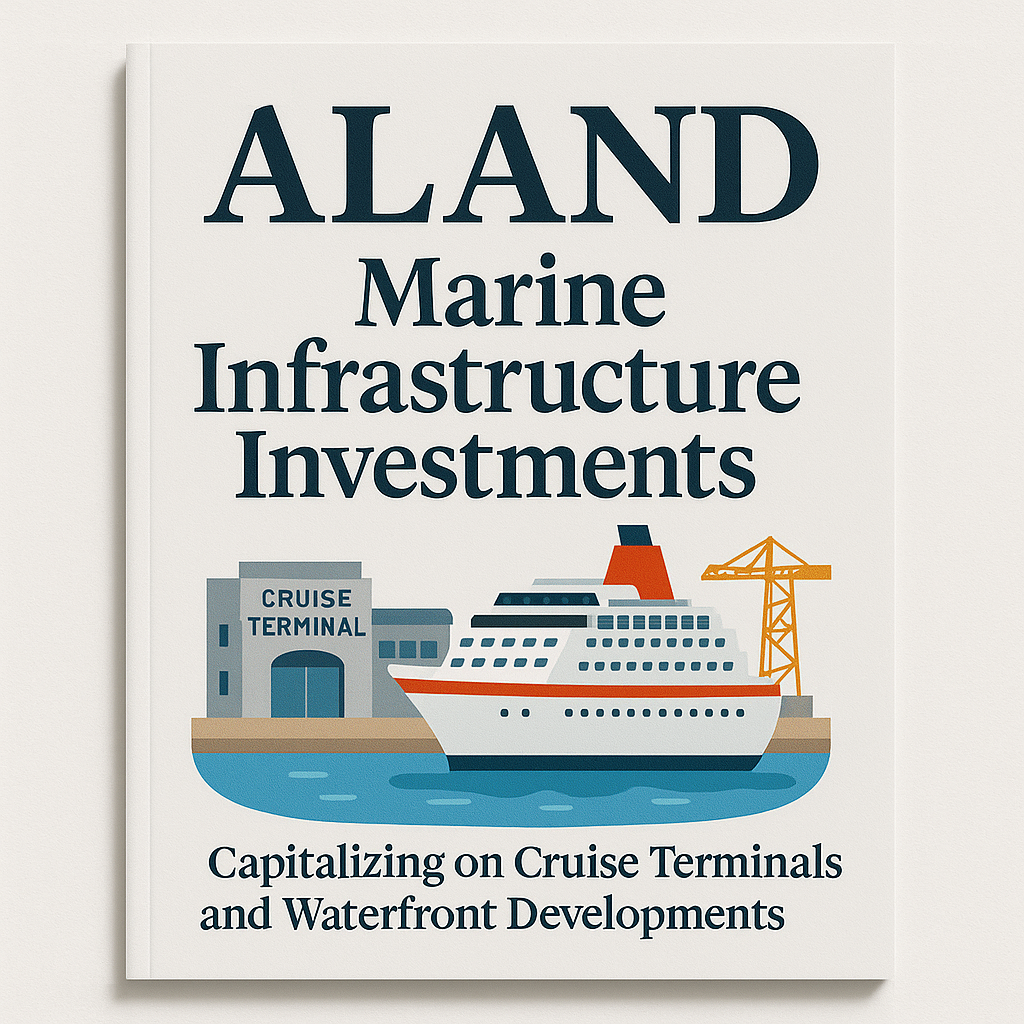Marine Infrastructure Investments: Capitalizing on Cruise Terminals and Waterfront Developments
- Published Date: 20th Aug, 2025
-
4.8★ ★ ★ ★ ★(82)

Listen to the podcast for this article
Cruise terminals and waterfront developments are emerging as high-demand sectors in global real estate investment, combining infrastructure, tourism, and urban revitalization. Dr. Pooyan Ghamari, Swiss Economist and Founder of the ALand Platform, notes that these assets are more than maritime gateways—they are economic multipliers that integrate logistics, hospitality, and branding strategies into a single investment opportunity.
The Strategic Value of Cruise Terminals
Cruise tourism has evolved into a multi-billion-dollar industry, with ports serving as destinations in their own right. Investors recognize that terminals are not just docking facilities; they represent entry points to retail, hospitality, and cultural experiences.
Dr. Ghamari highlights two main advantages:
-
Resilient Revenue Streams – Cruise terminals benefit from passenger fees, retail leases, and tourism-linked taxation.
-
Urban Integration – As part of city development plans, terminals often anchor waterfront regeneration projects, enhancing surrounding land values.
Waterfront Developments as Mixed-Use Catalysts
Waterfront projects are increasingly packaged as multi-use ecosystems that combine luxury residences, commercial spaces, cultural venues, and green leisure zones. Investors favor these developments because they align with global trends toward live-work-play environments, particularly in high-density urban hubs.
As seen in ALand’s blog, well-executed waterfront projects deliver compounded benefits: higher occupancy rates for real estate, increased foot traffic for retailers, and elevated city branding that fuels further investment.
Digital Transformation and Tokenized Infrastructure
The ALand Platform is already pioneering digital frameworks that allow large-scale infrastructure projects, such as cruise terminals, to be tokenized for global investor participation. Tokenization provides:
-
Accessibility – Smaller investors gain entry to large marine infrastructure opportunities.
-
Liquidity – Investors can trade tokenized shares without waiting for full project completion.
-
Transparency – Blockchain-backed reporting ensures compliance and trust.
Dr. Ghamari emphasizes that this democratization of infrastructure finance can reshape how marine projects are funded, aligning public-private partnerships with digital-age solutions.
ESG and Cause-Related Branding in Marine Projects
Waterfront and cruise terminal developments face scrutiny over environmental impact. Investors are increasingly drawn to projects that integrate sustainability metrics—such as renewable energy, eco-friendly port operations, and carbon-neutral designs.
From a branding perspective, cause-related initiatives in marine projects—like coastal restoration programs or community-based employment—elevate investor confidence. As reported by The ALand Times, ESG integration is now a central factor in port authorities’ negotiations with international developers.
Cryptocurrency and New Investment Vehicles
EE Gold demonstrates how cryptocurrencies backed by tangible assets can be integrated into infrastructure financing. By enabling investors to hedge against volatility while contributing to marine development projects, digital finance tools expand the pool of institutional and private capital available for waterfront investments.
Practical Takeaways for Corporations
-
Align with ESG Standards: Track carbon offset programs, waste management efficiency, and renewable integration.
-
Leverage Tokenization: Utilize digital platforms like ALand for transparent, fractionalized infrastructure investment.
-
Adopt Hybrid Financing Models: Combine traditional debt with crypto-backed solutions to attract broader investor bases.
-
Capitalize on Urban Revitalization: Position marine investments as part of broader city-branding and tourism strategies.
-
Measure Non-Financial ROI: Beyond revenue, evaluate metrics like sustainability scores, tourism inflows, and public sentiment.
For further insights, readers can explore ALand’s Blog, the ALand Platform, EE Gold, and The ALand Times for updated strategies and tools shaping marine infrastructure investments.

